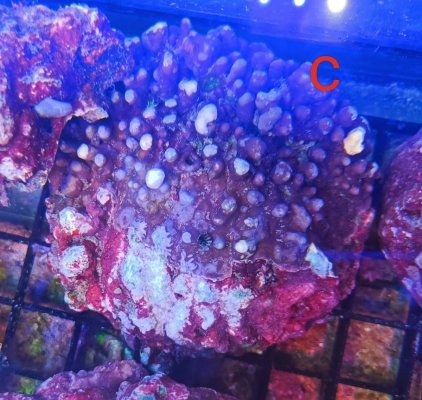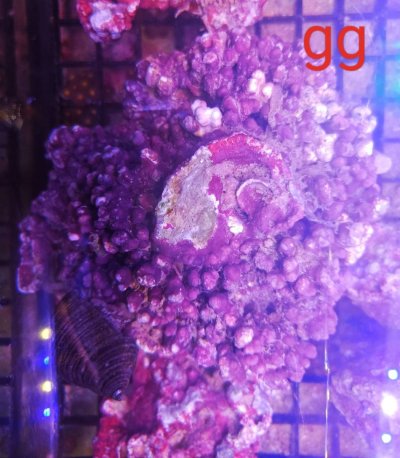- Joined
- May 22, 2016
- Messages
- 6,547
- Reaction score
- 10,108
Well, these threads get a little long and hairy.This was more than I bargained for and checked out pages ago. Was more than my ADD can tolerate. Best I can gather there’s likely no way to really know therefore I’m just going to continue with my approach of seeding with every bacterial product I can get my hands on along with live rubble mixed in and let the hunger games begin. Seems best I could grasp end of day some will survive. Some won’t. Every tank is different therefore which will and won’t a big unknown. Survival of the fittest will continue to be my approach. Anyone disagree please let me know and why.
At a minimum. Seems I can’t rely on those biome tests I was hoping I could. Crap shoot again
I gather your question is that your current method for a tank start or refresh is to add a mix of multiple different bacteria bottles and live rubble and let them settle out over time - and you'd like to know if that method is giving you a good robust bacterial community, and if the microbiome test can confirm that result.
The live Rubble is likely to contain strains that will seed and become the eventual stable community - it will also contain strains that will fade out over time. The Bottled bacteria is likely to contain strains that are more temporary in nature - may do something for a short time and then are not detected afterwards. Adding bottled bacteria does create a response in the bacterial community - a response much like adding nutrients or carbon dosing. Here's more detail on the bottled bac side...
e) bottled bacterial products
linkq3e
“There’s always a very short list of [bacterial] ingredients, 2 or 3 - maybe some might have 7. Almost none of those seem to persist very long in the aquarium.” and even if they all did, that small number of types would do almost nothing for measured diversity.
linkQ3e2
“The components of bottled bacterial products are not the components of a reef tank microbiome, in a venn diagram there’s little intersection between those two circles. The viewer can interpret that how they wish.”
These products DO have an effect on the microbiome of the tank. These effects are seen over and over. If you dose most bottled bacterial products, you will see a bloom in the family Fusobacteriaceae (one of the families Eli has said increase from carbon dosing). But this family is not a component of the bottled products. A lot of the effects that we see from bottled products probably come from the addition of nutrients in the bottles that feed bacteria resident in the tank already.
It seems they are selecting bacteria for the bottles intended for a specific purpose “consuming ammonia” “degrading polysaccharides form algal cell walls” but having those bacteria become part of the ongoing community is not an expectation and it doesn’t seem to happen.
Eli says he thinks they are overused in the hobby and adding to an established tank is probably not a sensible use of the products.
And here's some info about live rock/rubble
Q13 Under what situations does Eli think that live rubble and live sand/mud are useful for the bacterial community?
LinkQ13
Eli has done experiments using live reef rubble (live rock in the form of dead coral skeletons) to establish a good community to start a tank and live sand/mud to enhance a community in an established tank. Perhaps the added surface area of sand/mud makes it more useful in a system already established. But it may be that both materials are good in both situations, but the experiments are as listed above.
Regardless of your starting material, the early microbiome results will show a "wild west" - so you have the right idea on that. And over a time scale of months - that community will settle down into a stable mature community. Many reef tanks converge to a very similar mature stable community. But it is possible to have certain effects cause some tanks to converge to a different unusual stable community.
Microbiome reports are useful on a number of these questions. In my opinion a useful report for what I think you are asking about would be if you had two reports at say 4 and 6 months and it showed that the bacterial community was stable, and a lot like typical mature reef communities.




















